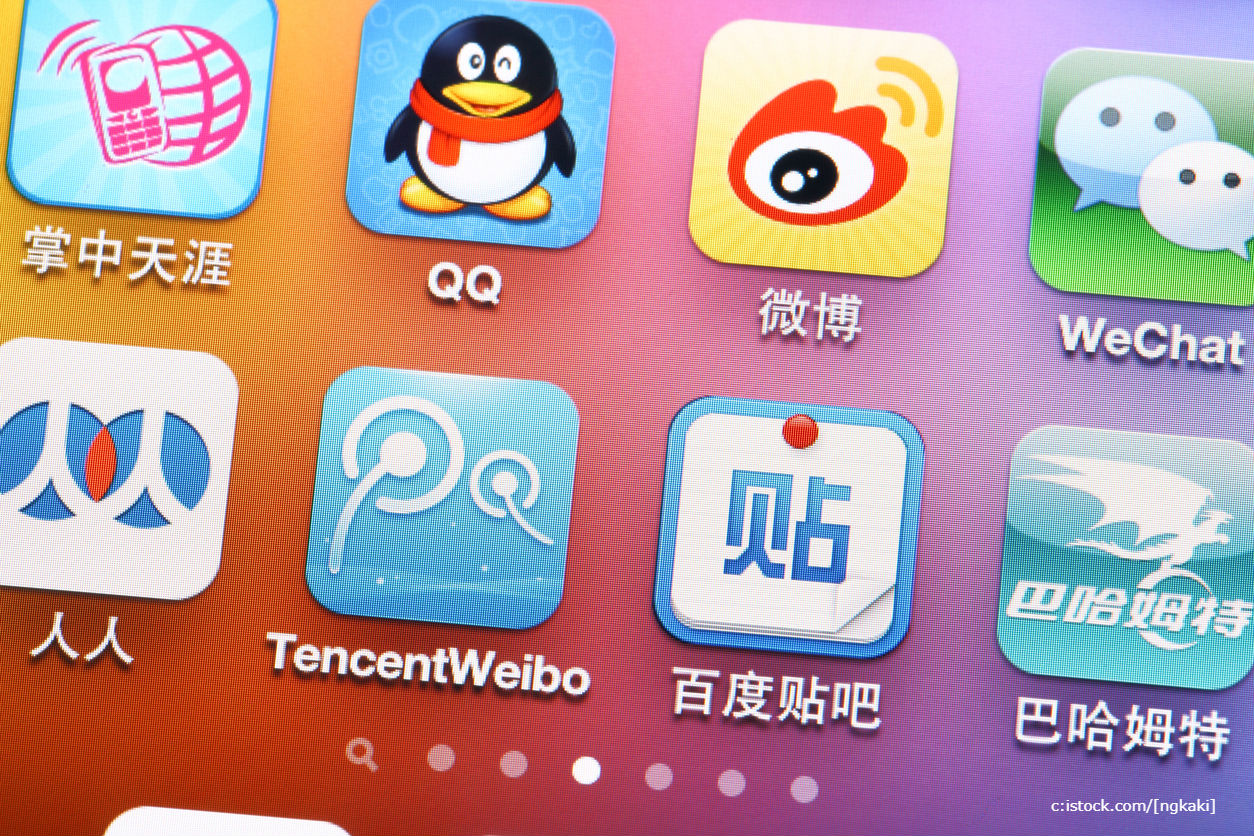
When it comes to digital marketing, there are no longer any borders, but are marketers equipped for effective advertising overseas?
A new UK-based report by Rakuten Marketing has revealed that nine in 10 marketers (89%) are now managing international marketing campaigns as companies pursue overseas growth opportunities in the borderless age of digital.
Of that majority chunk, 55% are active within Europe and an additional 14% are operating further afield.
But while digital allows for more or less unbridled reach in new territories, just quarter of marketers are in the “privileged” position of having a centralised global marketing team, and just 11% claim to have local arms with local know-how and tools to roll out campaigns.
As such, the majority of marketers (61%) are faced with the tough task of wising up on key growth regions and localised consumer habits in order to snap up the best opportunities to land campaigns with impact.
Consumer cultures
According to the report, the Asia-Pacific (APAC) region sits top of the bill for UK marketers, with 82% of citing their customer base in the region as “premium buyers”. That interest is seeing marketers take to popular channels including WeChat (36%), the dominant social messaging app in China, and social networks Weibo (30%) and Renren (18%), in order to reach a new base of customers.
South America (4%) and the Middle East (7%) are also regions on the radar; like APAC, the Middle Eastern market is considered to be comprised or premium buyers with an appetite for luxury goods. Within the region, marketers cited Saudi Arabia, Qatar and the UAE as holding the biggest potential for e-commerce with fashion, travel and transportation the most popular online shopping categories.
However, Rakuten Marketing cautions that those companies marketing to this region should be mindful of diverse cultures and distinct sales peaks when planning campaigns.
New technologies
From a technology perspective, voice has reportedly overtaken virtual reality (VR) as the focus for UK marketers, with 44% citing Amazon’s Alexa, Google Home or Apple HomePod as key technologies to reach their overseas target market, and is especially true among those targeting Europe and APAC, where 45% and 42% respectively are keen to adopt voice into their campaigns.
While display advertising still remains the most effective way to engage with audiences overseas employed by just shy of half of marketers (48%), as touched on, many are fast realising the potential of social commerce (46%) in eastern markets, where platforms such as WeChat double up as marketplaces.
Interestingly, while the technology has effectively met its demise in the Western hemisphere, the once ubiquitous QR code remains crucially popular within APAC, used among 43% of customers in China for payment via AliPay and WeChat Pay. Just 39% of UK marketers reported prioritising this technology, signalling a pocket of opportunity available for savvy brands.
“It’s important to keep an open mind and understand that consumer behaviour and the perception of your brand varies market to market,” said Anthony Capano, managing director EU at Rakuten Marketing.
“Therefore, experimenting with local channels and technologies to gain insight into what appeals to your international consumer will help uncover what resonates. Similarly, by identifying and partnering with key players in market, you will quickly receive feedback into performance and how your brand is being perceived.”





